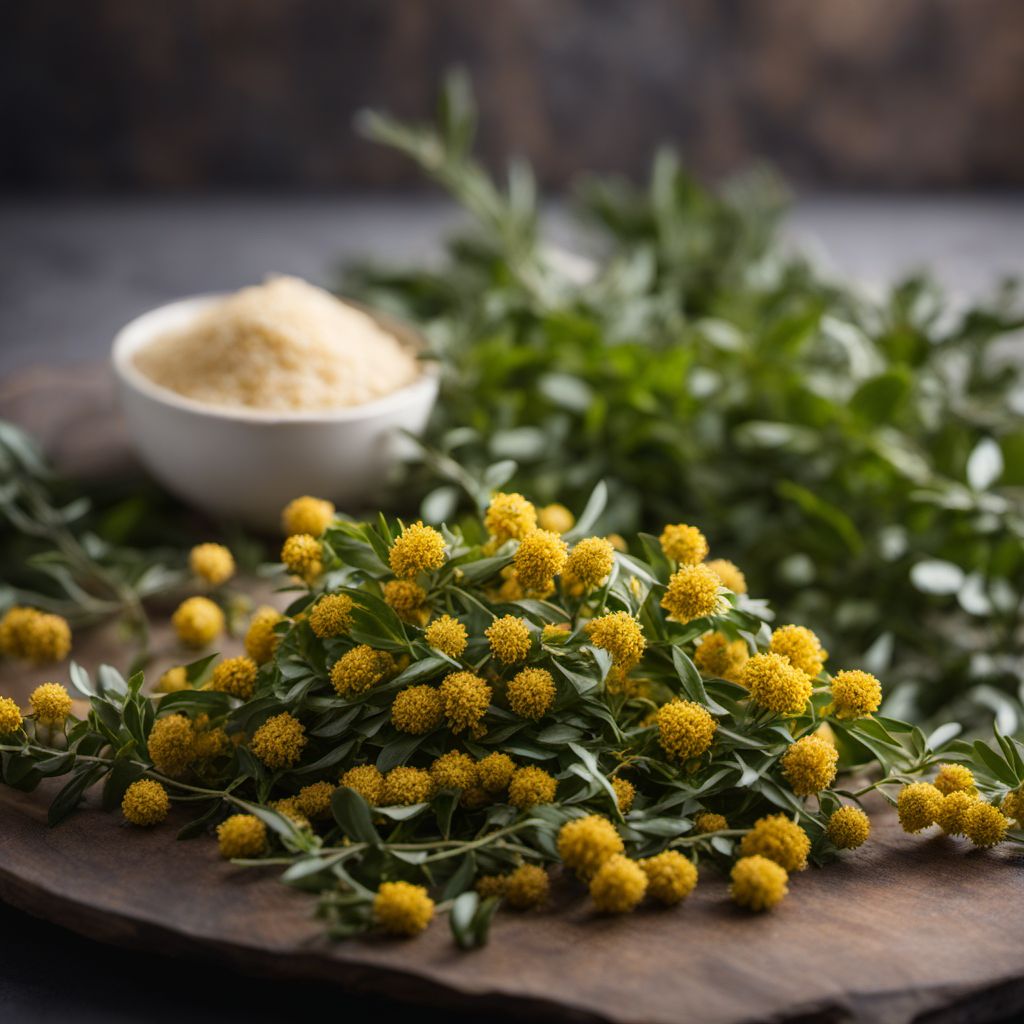
Ingredient
Curry herb
The Fragrant Spice: Curry Herb
Curry herb leaves are small, elongated, and glossy with a vibrant green color. They possess a unique combination of citrus, nutty, and slightly bitter flavors. The leaves have a delicate texture and release a strong aroma when crushed or cooked. Curry herb is a staple in Indian, Sri Lankan, and Southeast Asian cuisines, where it is used to infuse curries, soups, rice dishes, and chutneys with its signature taste.
Origins and history
Curry herb has a rich cultural and culinary history in South Asia. Native to the Indian subcontinent, it has been used for centuries in Ayurvedic medicine and traditional cooking. The leaves are believed to have numerous health benefits and are often used as a natural remedy for digestive issues and diabetes. Curry herb is widely cultivated in tropical regions and is an essential ingredient in many regional dishes.
Nutritional information
Curry herb leaves are low in calories and a good source of antioxidants, vitamins A and C, and minerals like iron and calcium. They also contain compounds with potential anti-inflammatory and antimicrobial properties. Incorporating curry herb into your meals can add both flavor and nutritional value.
How to select
When selecting curry herb, look for fresh leaves that are vibrant green in color without any signs of wilting or discoloration. Avoid leaves that appear yellow or brown, as they indicate age or poor quality. Opt for leaves that are pliable and aromatic, as they are likely to be the freshest.
Storage recommendations
To keep curry herb fresh, store the leaves in a plastic bag or airtight container in the refrigerator. They can stay fresh for up to two weeks when properly stored. Alternatively, you can freeze the leaves by placing them in a sealed bag or container. Frozen curry herb can retain its flavor for several months.
How to produce
Curry herb can be grown in warm climates with well-drained soil and ample sunlight. It thrives in tropical regions and can be cultivated in home gardens or pots. Regular watering and occasional pruning will help maintain its growth and ensure a steady supply of fresh leaves.
Preparation tips
Curry herb is a versatile ingredient used in a wide range of dishes. It is commonly used to infuse curries, soups, and stews with its distinct flavor and aroma. The leaves are often added at the beginning of the cooking process to release their essential oils. Curry herb can also be used as a garnish or blended into chutneys and sauces for an extra burst of flavor.
Availability
Indian subcontinent, Sri Lanka, Southeast Asia
More ingredients from this category
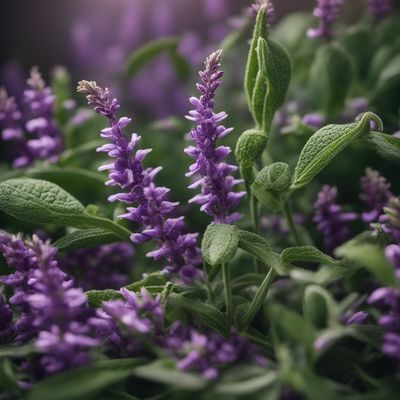
Other species and hybrids of genus Salvia, not elsewhere mentioned
Exploring the Hidden Gems of the Salvia Genus: A Culinary Adventure

Jamé's sage
The Aromatic Herb of Wisdom

Borage
The Starflower Herb: Unveiling the Secrets of Borage

Greek sage
The Mediterranean Herb
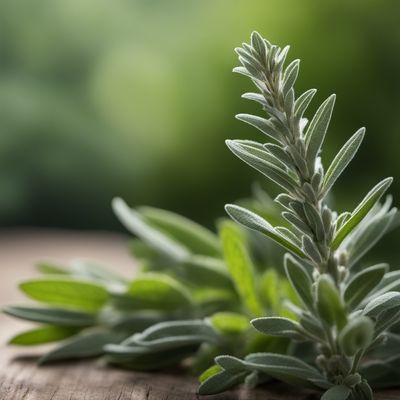
Sage
"The Wise Herb: Unveiling the Secrets of Sage"
Recipes using Curry herb » Browse all

South Karnataka Style Smoky Spiced Beef Burnt Ends
Tender and Flavorful Smoky Beef Burnt Ends with a South Karnataka Twist
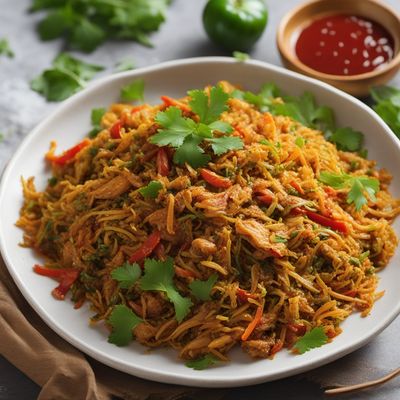
Sri Lankan Chicken Kottu Roti
Spicy Chicken Stir-Fry with Roti Shreds

Punjabi Kadhi - A Tangy and Creamy Delight
Creamy Tanginess: Punjabi Kadhi Recipe
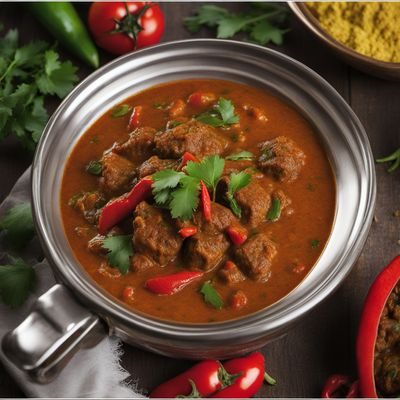
Erachi Mappas - Spicy Indian Meat Stew
Fiery Delight: A Spicy Twist to Indian Meat Stew

South Indian Style Vegetable Stew with Coconut Rice
Coconut Delight: A South Indian Twist on Vegetable Stew

Telugu-style Soto Lamongan
Spicy and Fragrant Telugu Soto Lamongan: A Fusion of Indonesian and Telugu Flavors
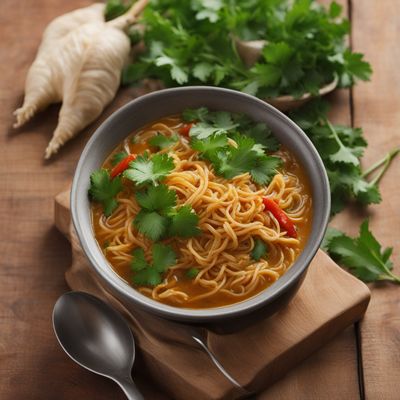
South Indian Chicken Noodle Soup
Spicy Chicken Noodle Rasam: A South Indian Twist to a Classic Soup

Refreshing Curd Rice - A Delightful Twist to Pakhala
Curd Rice: A Cool and Creamy Delight for Your Palate

Authentic Tamarind Rice
Tangy Tamarind Delight: Authentic Indian Pulihora Recipe
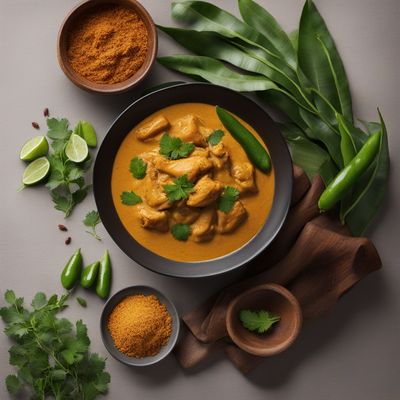
Maldivian Coconut Chicken Curry
Tropical Delight: Maldivian Coconut Chicken Curry

Karnataka-style Bolo Lêvedo
Fluffy and Spiced Karnataka Bolo Lêvedo: A Fusion Delight
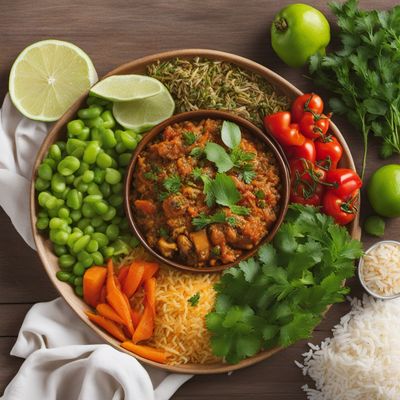
Mauritian-style Casserole Rice
Exotic Fusion: Mauritian Delight Casserole Rice